So it’s Creative Wednesday, and I am still thinking about the Beatles documentary. Specifically, I’m reflecting on something I mentioned in my Monday post — the creative energy that Paul McCartney brought to the “Get Back” sessions recorded 50 years ago. The truth is, all four of the Beatles brought to the recording studio their imagination and talent, but also a willingness to try anything and everything in pursuit of their next collaboration. There is, I believe, a lesson there for all who create.
There were these incredible moments in the documentary, when we heard the Fab Four working their way though the earliest iterations of “Get Back” and “Let It Be,” “Across the Universe” and “She Came In Through the Bathroom Window.” As a viewer and a fan, I felt as though I was getting a glimpse of history, of the formation of something that would change the course of rock and roll’s development. As I said in the earlier post, I got chills.
There are also moments in these eight and half hours when the band is jamming — with varying degrees of success — to old rock and roll classics, or on tunes of their own that never really amounted to much. It would be quite a stretch to say that every musical endeavor documented in the film was successful. There are several cringe-worthy moments.
And that’s sort of the point. Creativity at its purest is a messy process. If we’re fortunate and good at what we do, our bursts of creative energy produce gems to be shaped and polished. But even the best artists in any field also produce stuff that isn’t all that good. Creativity demands not just ability and energy, but also courage and even shamelessness. At times, John and Paul are hacking around, shouting, goofing, laughing, pounding on their instruments, clearly not taking anything they’re doing too seriously. But even in their least serious moments, they are still working, searching for lyrics or licks that they can apply to the more focused versions of their songs.
They know some of it sounds crappy, and they don’t care. You can tell, because when it comes time to lay down a serious track, they no longer sound like four kids playing with electric guitars and drums and amplifiers. They suddenly sound like the damn Beatles. It’s startling sometimes how quickly and easily they go from slipshod and careless to clean and amazing.
What does this have to do with writing?
Everything.
When we write, we need to be willing to take chances, to riff on an idea, to write something that may lead nowhere on the off chance that it will instead lead somewhere wonderful and inspired. I have a middle grade novel that I wrote a decade ago and that I love. Sadly, it never was really ready for prime time. My daughters loved it. Friends of my daughters who read it loved it, too. But it didn’t work on certain levels, and so it has sat on my hard drive all these years. Someday, I am sure, my grandkids will love it. And I’m okay with that.
Around the same time, I developed three characters for another novel I was thinking of writing. I worked out their dynamic, their backstories, their circumstances. But the novel idea never went anywhere and the characters remained homeless. Until this time last year, when I realized they were perfect for what I wanted to do with the second Radiants novel, Invasives. I wrote the book around them and the result is one of the best things I’ve ever written. (The book should be out in January 2022.)
I have stories that haven’t gone anywhere and never will, and others that haven’t taken shape yet. But I keep on trying, plugging away at ideas. Some pan out very well, others not to much. That’s the nature of the creative beast. As creators, we need to be fearless. We need to be willing to fail in order to succeed. That’s something I thought of again and again watching the Beatles play music for hours on end. Some of what they did worked brilliantly. Some of it sounded terrible. And through it all, they kept experimenting.
Let their example inspire you. Some jams go nowhere. Some songs fall flat. Same with stories and novels. That is part of being an artist. The sting of those disappointments lasts only as long as it takes us to try whatever is next.
Keep writing.









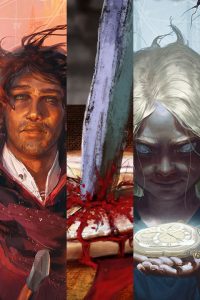 A couple of years ago, I put the finishing touches on the third book of a time travel/epic fantasy trilogy called the
A couple of years ago, I put the finishing touches on the third book of a time travel/epic fantasy trilogy called the 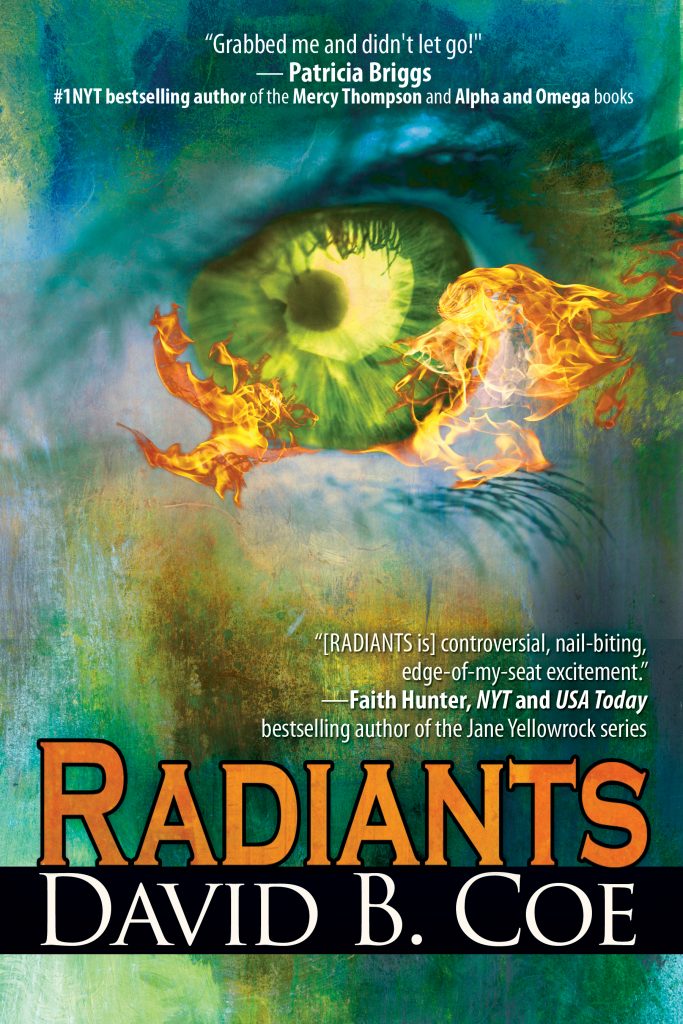 And that next book turned out to be Radiants.
And that next book turned out to be Radiants.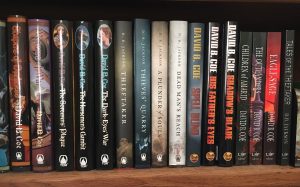 As I mentioned in
As I mentioned in 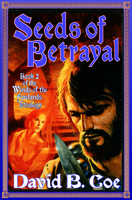
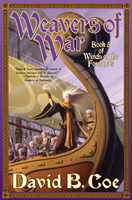 For the Winds of the Forelands series (Rules of Ascension, Seeds of Betrayal, Bonds of Vengeance, Shapers of Darkness, Weavers of War) , I created what is without a doubt the most complex “calendar” I’ve ever undertaken for any project. For those of you not familiar with the world, I’ll give a very brief description. The world has two moons, Ilias and Panya, the Lovers, who chase each other across the sky. Each turn (month) has one night when both moons are full (the Night of Two Moons) and one night when both moons are dark (Pitch Night). Each turn is also named for a god or goddess, and so each Night of Two Moons and each Pitch Night has a special meaning.
For the Winds of the Forelands series (Rules of Ascension, Seeds of Betrayal, Bonds of Vengeance, Shapers of Darkness, Weavers of War) , I created what is without a doubt the most complex “calendar” I’ve ever undertaken for any project. For those of you not familiar with the world, I’ll give a very brief description. The world has two moons, Ilias and Panya, the Lovers, who chase each other across the sky. Each turn (month) has one night when both moons are full (the Night of Two Moons) and one night when both moons are dark (Pitch Night). Each turn is also named for a god or goddess, and so each Night of Two Moons and each Pitch Night has a special meaning.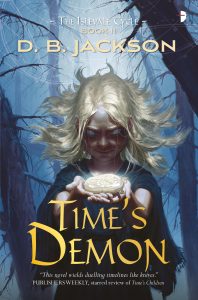 I did something similar for the Islevale Cycle novels (Time’s Children, Time’s Demon, Time’s Assassin). In this world there are two primary deities, Kheraya (female) and Sipar (male), and the calendar is structured around them. It begins with the spring equinox — Kheraya’s Emergence, a day and night of enhanced magickal power and sensuality. The spring months are known as Kheraya’s Stirring, Kheraya’s Waking, Kheraya’s Ascent. The summer solstice is called Kheraya Ascendent, a day of feasts, celebration, and gift-giving. This is followed by the hot months of summer: Kheraya’s Descent, Fading, and Settling.
I did something similar for the Islevale Cycle novels (Time’s Children, Time’s Demon, Time’s Assassin). In this world there are two primary deities, Kheraya (female) and Sipar (male), and the calendar is structured around them. It begins with the spring equinox — Kheraya’s Emergence, a day and night of enhanced magickal power and sensuality. The spring months are known as Kheraya’s Stirring, Kheraya’s Waking, Kheraya’s Ascent. The summer solstice is called Kheraya Ascendent, a day of feasts, celebration, and gift-giving. This is followed by the hot months of summer: Kheraya’s Descent, Fading, and Settling.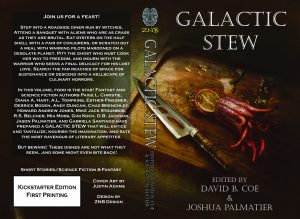 What is the difference between an idea and a story? It sounds like a basic question, but we have just begun the
What is the difference between an idea and a story? It sounds like a basic question, but we have just begun the 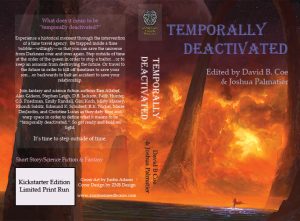 I have touched on the subject of creative ideas in other Writing-Tip Wednesday posts this year (
I have touched on the subject of creative ideas in other Writing-Tip Wednesday posts this year (